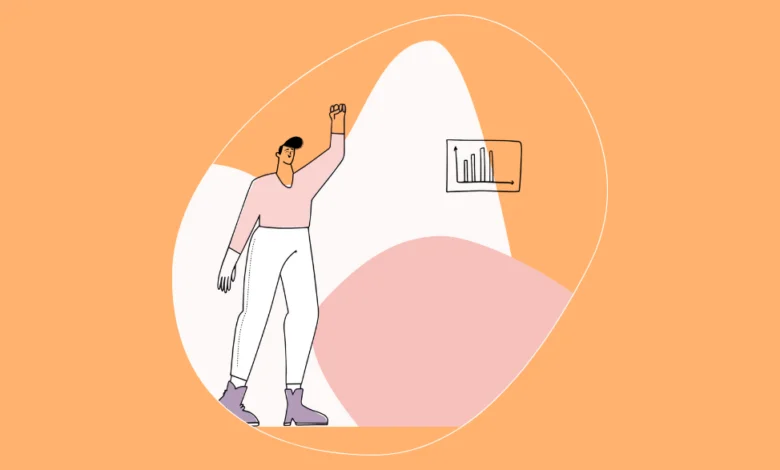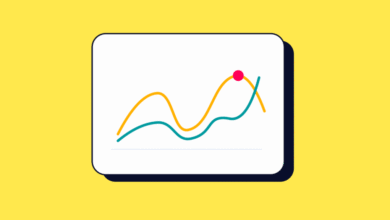
Meta Ads used to be simple. You’d run a campaign, pick a lookalike audience, slap on a bold headline, and wait for conversions to roll in. But that world? It’s long gone.
In 2025, success with Meta Ads isn’t just about finding the right audience or bidding the highest. It’s about meeting people where they are in their journey, and doing it with purpose. From discovery to decision, users expect relevance. And Meta’s algorithm expects structure.
The truth is, most underperforming campaigns aren’t failing because the product is bad or the offer isn’t strong enough. They fail because they’re trying to close a sale before building a relationship. That’s where a full-funnel strategy comes in.
In this guide, we’ll explore what a high-performing full-funnel Meta Ads strategy looks like in 2025. We’ll walk through the funnel stages, show you how to align your campaigns and creatives to each, and break down practical ways to make your ads feel less like ads, and more like conversations.
Along the way, we’ll also tackle some of the most common questions advertisers have, like how to use Meta Ads effectively, what the best strategy is, and what the much-talked-about 3-2-2 method really means.
Ready to turn your campaigns into a system that works smarter, not harder?
Let’s start at the top.
Subscribe to our mailing list to get the new updates!
What Is a Full-Funnel Strategy for Meta Ads?
If you’ve ever wondered why some Meta campaigns feel like a hit while others fall flat, the answer often lies in one thing: funnel alignment.
A full-funnel strategy isn’t just a fancy marketing term. It’s the foundation of any ad system that respects where people are in their decision-making process. On Meta platforms, that means showing the right message to the right person at the right moment, not blasting everyone with the same offer and hoping for the best.
So, what does the funnel look like in Meta Ads?
It’s typically broken down into three stages:
- Top of Funnel (TOFU): Awareness
- Middle of Funnel (MOFU): Consideration
- Bottom of Funnel (BOFU): Conversion
Each stage serves a different purpose. TOFU grabs attention. MOFU builds interest. BOFU drives action. When your campaigns are structured with these stages in mind, your ads feel like a guided experience, not random interruptions.
How to Structure Meta Ad Campaigns Across the Funnel
Creating a full-funnel strategy sounds good in theory, but how do you actually set it up inside Meta Ads Manager? It starts with knowing what each funnel stage is trying to accomplish and choosing the right campaign objectives, audiences, and ad formats to match.
Top of Funnel (TOFU): Awareness and Discovery
At this stage, your goal isn’t conversions, it’s attention. You’re reaching people who don’t know your brand yet, so focus on sparking interest.
Use Reach, Video Views, or Engagement objectives with broad targeting and eye-catching visuals. Reels, short-form videos, and scroll-stopping creative work best here.
Middle of Funnel (MOFU): Education and Consideration
Now you’re speaking to warm audiences. These users have seen your content, visited your website, or interacted with your brand.
Use Traffic, Lead Generation, or Engagement objectives with audiences built from video viewers, engagers, and site visitors. Highlight value, benefits, and differentiation.
Bottom of Funnel (BOFU): Conversions and Closing
These are your most qualified leads. They’ve browsed your product pages, added to cart, or joined your email list.
Use Sales, Conversions, or Catalog Sales objectives with retargeting audiences. Focus on urgency, social proof, and clear calls to action.
What Kind of Creative Works Best at Each Stage?
A strong full-funnel strategy isn’t just about campaign structure, it’s also about creative alignment. Each stage of the funnel calls for a different tone, style, and intent.
Top of Funnel
Your creative should spark curiosity. Think brand storytelling, problem-awareness content, and lifestyle videos. Show up in their feed with something that stops the scroll without screaming “buy now.”
Middle of Funnel
Here, you educate. Use testimonials, product explainers, comparison visuals, and carousels that showcase features and benefits. It’s about showing that you understand their needs and have a solution.
Bottom of Funnel
Be direct and conversion-focused. Use time-sensitive offers, dynamic product ads, and clear CTAs. This is where trust pays off and clarity beats cleverness.
Creative fatigue is real, so rotate regularly. Even the best-performing ad will lose steam if it runs unchanged for weeks.
How to Use Meta Ads Effectively in 2025
Effectiveness in 2025 is no longer just about targeting or bidding. It’s about structure, signals, and systems.
Meta’s algorithm favors campaigns with clear intent and room to learn. That means:
- Grouping campaigns by funnel stage
- Using strong conversion signals and clean tracking
- Structuring creative assets with clear themes
- Avoiding constant tweaks that reset learning
Smart automation tools like Advantage+ can be powerful, but only if you guide them with strategy. The more structured your inputs, the more reliable your results.
What Is the Best Strategy for Facebook Ads?
There’s no universal best strategy, but high-performing advertisers in 2025 have something in common. They build for the full funnel, structure creative tests intentionally, and rely on systems over guesses.
One lightweight framework many use is the 3-2-2 method:
- 3 Creatives (different concepts or formats)
- 2 Headlines (value angle vs urgency angle)
- 2 CTAs (“Learn More” vs “Shop Now”)
This structure gives Meta’s algorithm enough variation to learn without overwhelming the account. It’s simple, scalable, and a smart place to start.
Why Full Funnel Is Non-Negotiable in 2025
Meta Ads aren’t getting cheaper, and users aren’t getting easier to convert. If your campaigns aren’t meeting people where they are in the journey, they’re being ignored.
A full-funnel strategy makes your ads feel like a conversation, not a pitch. It helps Meta’s machine learning work more efficiently. And it ensures you’re building a system that adapts, improves, and scales.
So audit your funnel. Tighten your structure. Refresh your creative. And start guiding your audience instead of just targeting them.
Because in 2025, brands that guide win. Brands that rush get skipped.
Wanna see how your website perform?
Let's run a comprehensive technical SEO audit for your website and share a compelling SEO strategy to grow your online business.
SEO Audit →


